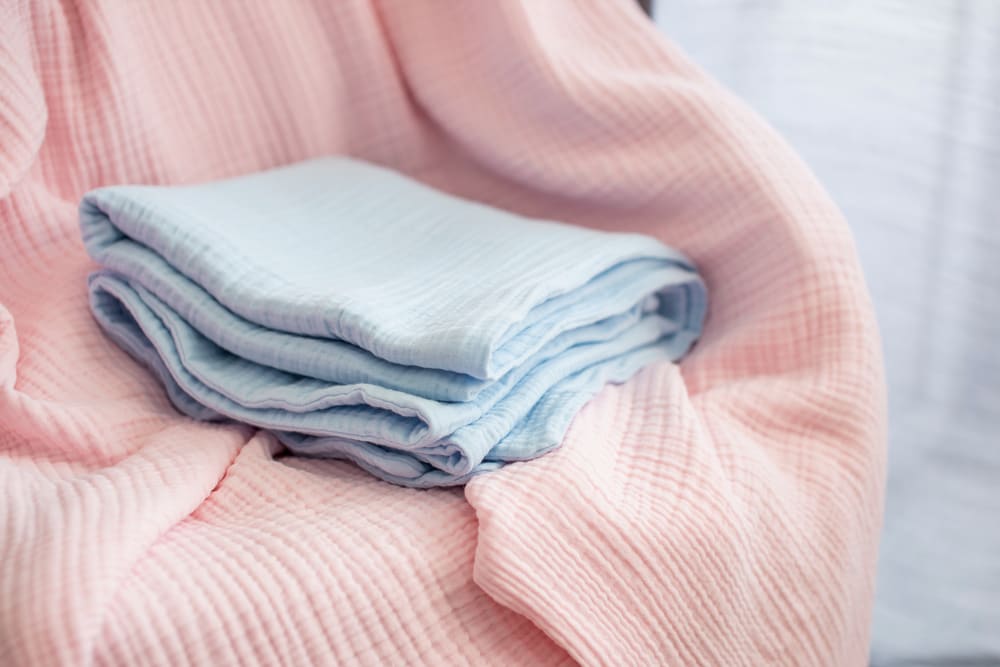Types of African Print Fabrics You Should Know Of

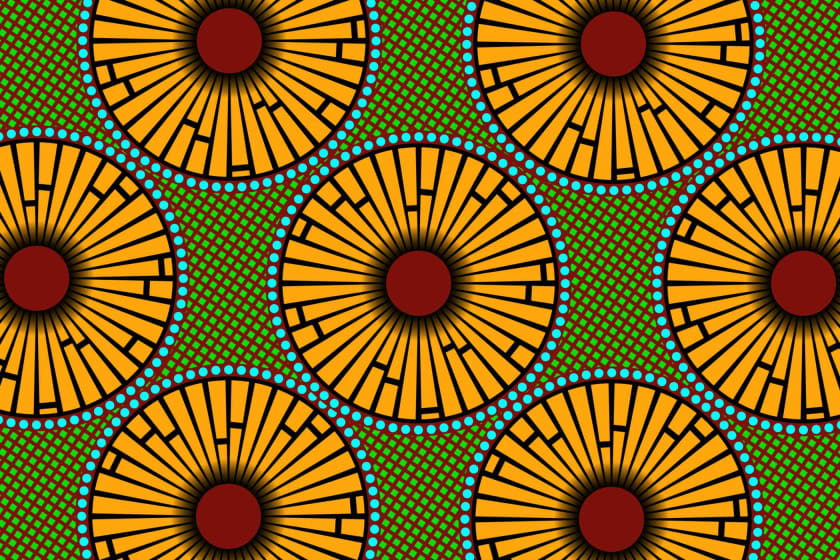

To stay relevant and up-to-date with the global fashion industry, you must observe the latest trends. Artists like Beyoncé, Rihanna, Jay-Z, Kanye West, Nicki Minaj, Drake, and others have introduced the world to vibrant African culture. And now, it has popped into the living room of major households across the globe.
To tap into the millennial and gen Z customers, you must take inspiration from these pop stars and include African prints into your collection. African prints have been worn by people across the globe for more than a century; however, we often do not know their origins. Their bright colors and geometric motifs set them apart from many other prints. As a fashion designer, you should know more about these prints and their history to celebrate them. While marketing these pieces, if you start with telling their background stories, your collection will sell like hotcakes.
Some of the Most Popular African Print Fabrics
1. Ankara
Popularly known as African wax print, this print has been popular in the US since the ‘70s when the hip hop culture took over. This African print is also known as Kitenge or Dutch wax print. This print was made by the Dutch using a process called 'Batik,' which is quite popular even today in the Eastern parts of India. Ankara was sold by the Dutch in the textile market in Indonesia when it was their colony in the 19th century.
To date, this print is so popular that even fashion accessories like earrings, necklaces, bags, shoes, scarves, etc., are produced with the Ankara print.
2. Kente
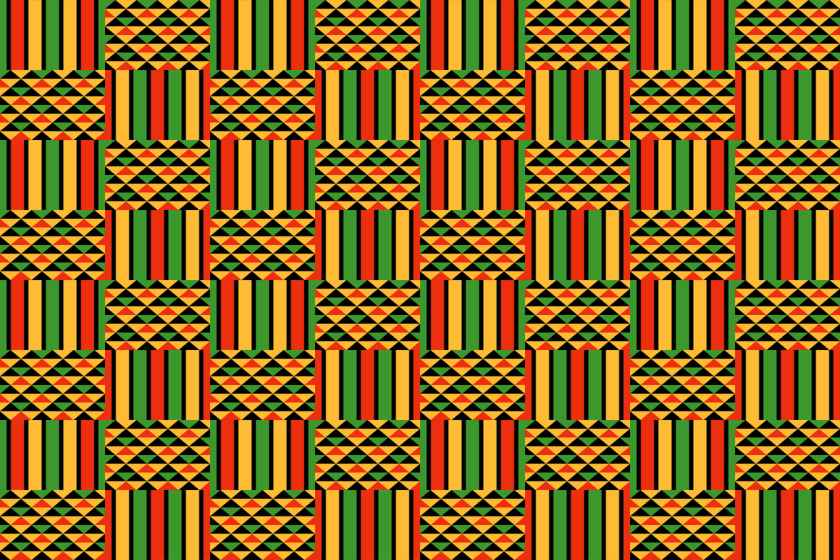
Any shawl or stole lover would have come across this popular print and worn it without knowing that it’s Kente. Kente originated in the Ghana province in Africa before the 11th century. Ethnic groups like Ashanti and Ewe in modern-day Ghana are keeping this craft alive. In the Akan language of Africa, Kenten means basket and due to its similarity to the pattern, the print was named Kente.
Handmade cloth strips of cotton and silk are used to weave this toga-like stole. The old tales tell us that the locals had copied the patterns of Anansi the Spider, and the inspirations come from nature. This piece of cloth was originally worn by African kings and royalty.
The master weavers of Kente are highly respected in the Western world today as the print is used in the design of academic stoles which are worn by graduates during their convocation ceremonies.
3. Ukara-Ekpe
This fabric is a sign of respect. It was worn only by titled men and elderly women in the African tribes. Dyed in blue, green, or red, each color symbolizes different emotions and life stages. Male Nsibidi artists created the symbols on the fabric, which included moons, harvests, feathers, geometric patterns, metal rods, and masks.
The origin of this fabric is Abakaliki, Ebonyi state around the Cross River of southeastern Nigeria. Ekpe society was the first tribe to come up with this design and archaeologists have found traces of this fabric even in southwestern Cameroon.
4. Adire
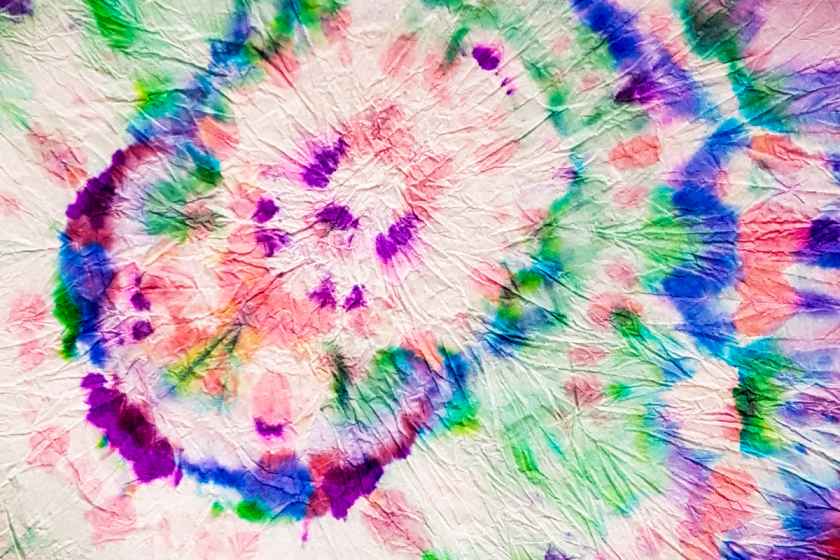
Adire means 'tie and dye' in Yoruba. According to Historians, this technique of indigo-dyeing was developed in the Dogon kingdom in Mali (West Africa) dating back to the 11th century. Currently, Yoruba women in southwestern Nigeria weave these handspun cotton cloths. Abeokuta, Ibadan, and Osogbo (Yorubaland) were the major suppliers of these fabrics to buyers from all over West Africa.
Over the years, this craft evolved and the Europeans introduced synthetic indigo and caustic soda in fabric printing by the 1930s. This dying art was revived by Nigerian artisans like Nike Davies-Okundaye, Amaka Osakwe, and Duro Olowu. Osakwe's label Maki-Oh patronizes the Adire art. Political figures like Michelle Obama and Lupita Nyong'o too have lent their support to this African print.
5. Isi-Agu
Igbo people weave this rich fabric from velvet or cotton material in eastern Nigeria. The royal people wear it on special occasions like weddings. Isi-Agu means 'lion's head' in Igbo. This fabric is used to create pullover shirts that may be long or short-sleeved. Traditionally, it was worn by men when they became chiefs of their respective tribes. This robe kind of attire is worn along with a red fez hat to show the superiority of the chieftain. It is also worn along with an Igbo leopard cap.
To show the superiority of the wearer, this robe is fitted with gold buttons and a gold chain. In the present era, Igbo women wear these special African printed fabrics in different styles on special occasions like weddings, the birth of a child, etc.
6. Bogolan
Also known as Mudcloth, this unique African print is created by the weavers of the Bambara tribe of Mali. Literally, the word Bogolan translates into ‘made from mud’. This African textile uses extracts of dried plants, roots, and fruits as dyes. This eco-friendly fabric is perfect for all skin types, even the sensitive ones, as it does not use any harmful chemicals.
7. Barkcloth
Made from the trees of the Moraceae family, this type of fabric is the pride of tribes in Uganda. Barks of trees like Artocarpus Altilis, Broussonetia Papyrifera, and Ficus Natalensis are used in the creation of this type of textile.
8. Shweshwe
This African print uses complex geometric patterns. It got its name due to its connection with Lesotho’s King Moshoeshoe I. The printed and dyed cotton fabric is extremely popular across the globe to date and many modern fashion houses use them extensively in their creations.
9. Kikoy
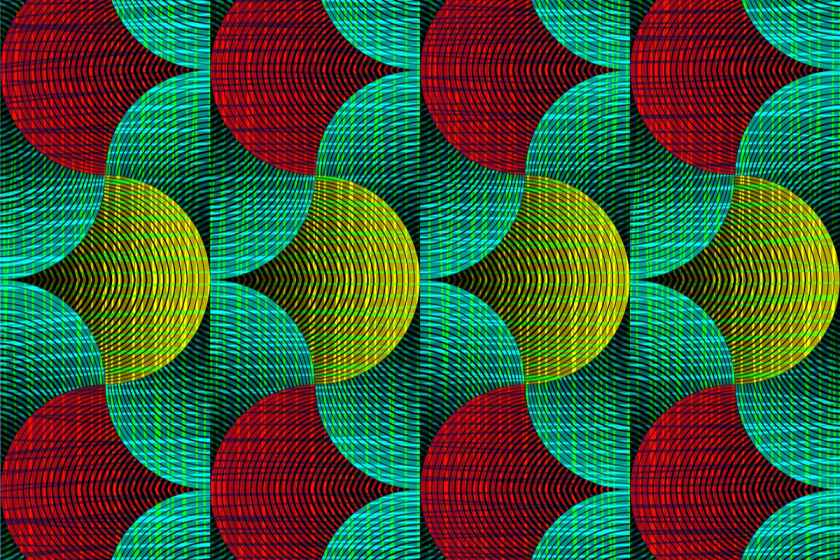
The tribes of Tanzania and Kenya handcrafted this material from cotton yarn. To date, women's dresses with stripes, wrappers, shirts, beach towels, sofa covers, head wraps, wraparounds, home decorations, scarves, skirts, table cloths, bedspreads, etc., are made out of this material.
10. Kanga
Coming from East Africa, this piece of fabric is extremely popular in the Western world due to the words of wisdom, love, blessings, and friendship printed on them. Many fashion houses allow customers to personalize their dress with the words they would like to get printed. This is similar to Kitenge, however, it is much lighter as the threads are thinner. Swahili expressions too are woven into the Kanga African prints.
11. Aso Oke
The Yoruba tribe of Nigeria produced this material first. The literal meaning of ''Aso Oke'' is ''Top cloth.'' This African fabric was produced for the elite in society. To date, African men who wear Agbada and fila (hat) prefer this African print and women use it for making their Iro and Buba along with their headgear Gele.
Modern fabric manufacturers have reduced the thickness of the threads using modern techniques and have included animal and floral motifs. Designers today prefer this fabric as computer design software can imitate geometric patterns easily.
Conclusion
Now that you are aware of the various types of African prints, you may consider adding these to your summer collection, highlighting the patterns and essence of these fabric types. Fashinza is your trusted partner in sourcing the right kind of materials from authentic weavers. You can rest assured of the timely delivery of raw materials as we take over the entire process from design to delivery. Needless to say, there will be no dearth of takers for your unique collection using themed African prints.
















